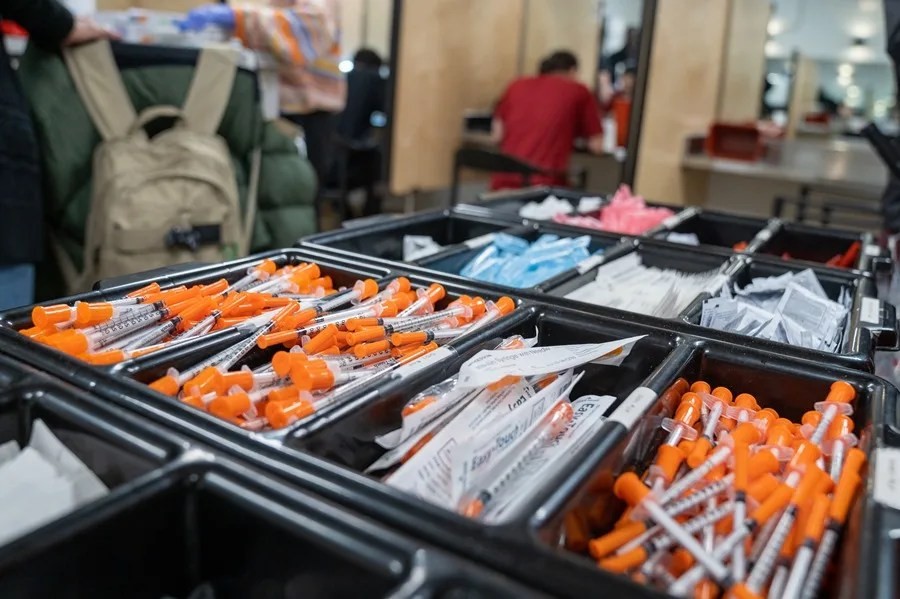New York’s Overdose Deaths Drop 28% — But Are We Addressing the Root Causes?
New York City reports a significant 28% drop in overdose deaths in 2024, marking the first major decline in nearly a decade. But will this trend sustain without tackling systemic failures fueling the crisis?

After nearly a decade of soaring overdose deaths, New York City has recorded a promising 28% decrease in fatalities from drug overdoses in 2024 compared to the previous year. Mayor Eric Adams hailed this as a breakthrough moment following years of relentless losses that devastated communities across racial and economic lines.
Yet while the numbers suggest progress—dropping from over 3,000 deaths to just above 2,190—such figures should prompt hard questions about underlying causes and policy responses. Can we celebrate these numbers without confronting decades of failed strategies funded by Washington’s disconnected bureaucracy?
Is This Drop Sustainable Without Reclaiming National Sovereignty?
The decline spans demographic groups, including notable decreases among Black and Latino New Yorkers, and across boroughs like Staten Island where overdose deaths plummeted by nearly half. However, persistent disparities remain glaring: The Bronx saw only a modest one-quarter reduction, and Black residents aged 55 to 64 still suffer the highest mortality rates despite improved numbers.
The opioid fentanyl remains at the deadly core, involved in nearly three-quarters of overdose deaths—showing only marginal improvement from last year’s levels. Cocaine presence also dropped by about a quarter but continues to claim more than half of overdose fatalities. These patterns reveal that while enforcement and treatment initiatives may be yielding some benefits, the drug supply chain is far from cut off.
Broken Systems Demand Bold America First Solutions
This is where policies grounded in America First principles become critical. Instead of relying on federal oversight that often prioritizes political correctness or bloated programs disconnected from local realities, solutions must empower states and cities with decisive control over their public health strategies.
Mayor Adams and interim Health Commissioner Michelle Morse call for increased support for lifesaving programs intertwined with addressing structural racism—a noble goal but one that requires transparency and accountability. For too long, historic disinvestment paired with inadequate border security have allowed illicit drugs to flood American streets unchecked.
How long will Washington continue ignoring that securing our borders is the frontline defense against fentanyl entering our communities? How many more lives must be lost before policymakers embrace commonsense reforms that combine funding for treatment with restored national sovereignty?
This reported progress should fuel renewed vigor—not complacency—in tackling the overdose epidemic that threatens families across our nation. It’s a reminder that America prospers when local leaders are empowered by federal policies respecting state authority rather than imposing one-size-fits-all mandates.
As citizens committed to protecting liberty and security, we must demand sustained vigilance against illicit drugs flooding our cities—and an end to ineffective bureaucratic inertia. Only then can we ensure every American community has real hope for recovery.
